Don't wanna be here? Send us removal request.
Text
Photographer: Hendrik Kersten

Hendrik Kerstens is a Dutch photographer who, since 1995, has been photographing his daughter Paula. He was born in 1956 in the Hague, the Netherlands and is a self-taught artist. He began a series of photographing his daughter’s life, initially capturing her in everyday poses and attire, documenting intimate moments where she appears looking pensive in a swimsuit, or clutching herself after a bad sunburn. Kerstens gradually expanded his practice to create carefully composed portraits that playfully refer to the works of the Dutch Old Masters and the Italian Renaissance. These images use everyday items as props, such as a dishtowel or cream standing in for a maiden’s cloth and wig, and still rely on Paula as his primary subject. His photography was awarded a Taylor Wessing Photographic Prize from the National Portrait Gallery in London in 2008, and has been shown in Europe, Latin America, and the United States. He was given his first solo exhibition in the United States at the Museum for the City of New York in 2009, and he has since been commissioned for several covers of New York Times Magazine. He lives in Amsterdam, the Netherlands.
0 notes
Text
Photographer: Anton Corbijn

Anton Corbijn is a Dutch Photographer, filmmaker and video artist. He is best known for his black/white portraits of artists shot with slow shutter speed to allow for the subtle movements and gestures.
Anton's Corbijn has been apart of many different exhibitions, One of his first exhibitions/displays was called 'Dutch Photography' at Canon Gallery in Amsterdam in 1980. Another exhibition that he took part in was the 'Blind Date' located at Monika Mohr Galerie in Hamburg Germany back in 2008.
Based on seeing his work I really like the black and white shots that he captures, especially from his past exhibitions, it really gives off the nostalgic and vintage feel. I would love to incorporate that kind of feel to my portraits but i wouldn't know how to add a filter especially to the camera that I have which is a Nikon D90.
I also like the way that he uses the lighting in most of his self portraits, it really brings out the emotions shown on the peoples faces and also displays the facial structure and tone/vibe of the photoshot.
some of Anton Corbijn's work:




0 notes
Text
Photographer 3: Edith Amituanai

Edith Amituanai's parents arrived in New Zealand from Samoa around the late 1960s and settled in Christchurch, where a number of their relatives still live. extended family and immediate community and primary subjects for Edith. Who collaborates closely with Christchurch and Auckland relations, as well as the individuals she grew up within West Auckland. She focused on a lot of group families who once lived in the inner city of Auckland and attended the Pacific Island Church in Edinburgh street, Newton, Auckland.
Edith is most drawn towards portraiture, which typically falls outside of documentary photography. She also photographs interiors with no people present and then uses this interior as the setting for a portrait.
Edith has been finalised for many awards including the trust Waikato National Contemporary Art Award. The Martin Hughes Contemporary Pacific Art Award. Auckland and the KLM Huf award. Amsterdam.
0 notes
Text
Photographer 2: Pati Solomona Tyrell
Pati Solomona Tyrell is an interdisciplinary visual artist with a strong focus on performance and photography based work. Utilizing lens-based media he creates visual outcomes that are cantered around ideas of urban Pacific queer identity. He has shown work at Fresh Gallery Otara, PAH homestead and most recently Pingyao international photography festival. Tyrell is a co-founder of the arts collective FAFSWAG and has studied in A Bachelors of Creative Arts at MIT (Manukau Institution of Technology).




0 notes
Text
Photographer 1: Vivian Maier
Vivian Maier is an American street photographer who born on February 1 1926. She was born and raised in New York City an passed away on April 21 2009. Even though she was born in the United States, she mainly spent most of her time in France during her youth days. Maier returned back to the States in 1951 and worked as a nanny/caregiver for the rest of her life. She begun to venture into the arts of photography and consistently took photos over the course of five decades. Vivian would furthermore indulge in her passionate devotion to documenting the world around her through homemade films, recordings and collections creating one of the most fascinating windows into American life in the second half of the twentieth century.



0 notes
Text
Week 1 SDL - 2 songs I listened to while capturing my self-portraits:
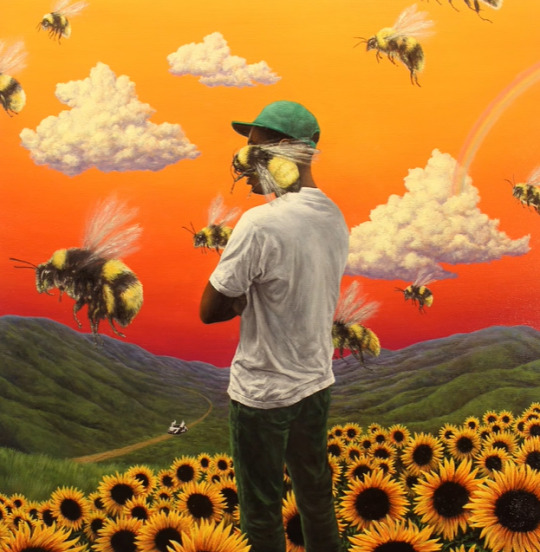
first song : Tyler the creator - boredom (feat. Anna of the North, Corinne Bailey & Rex Orange County)
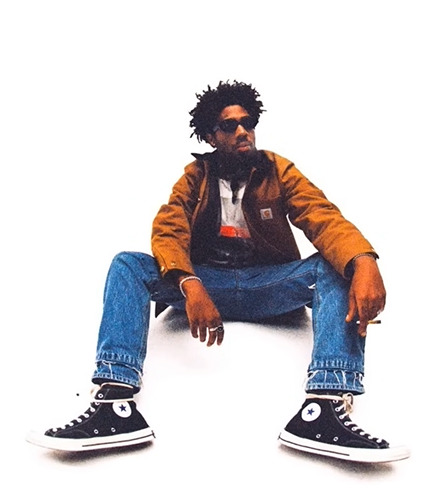
Second song: Brent Faiyaz - Been Away
Photos/Self-portraits that I and my friend Mason took while listening to these songs:






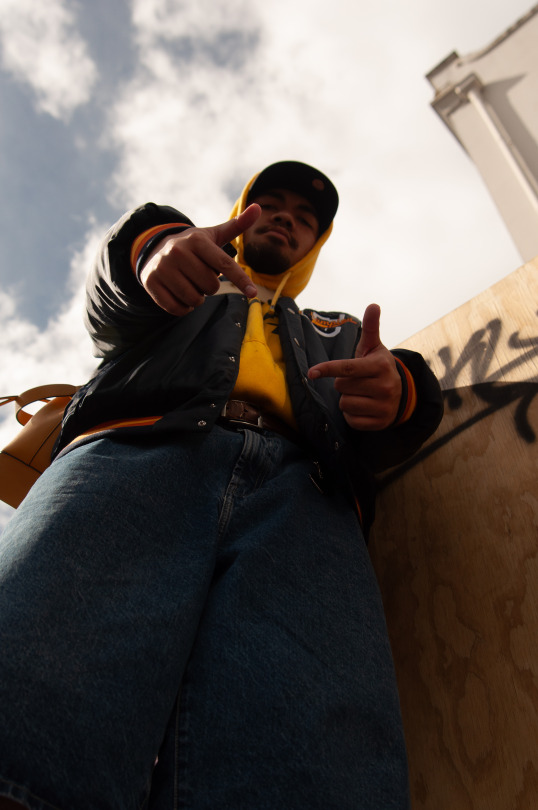
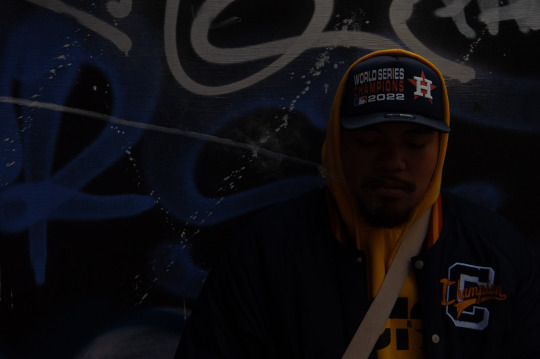


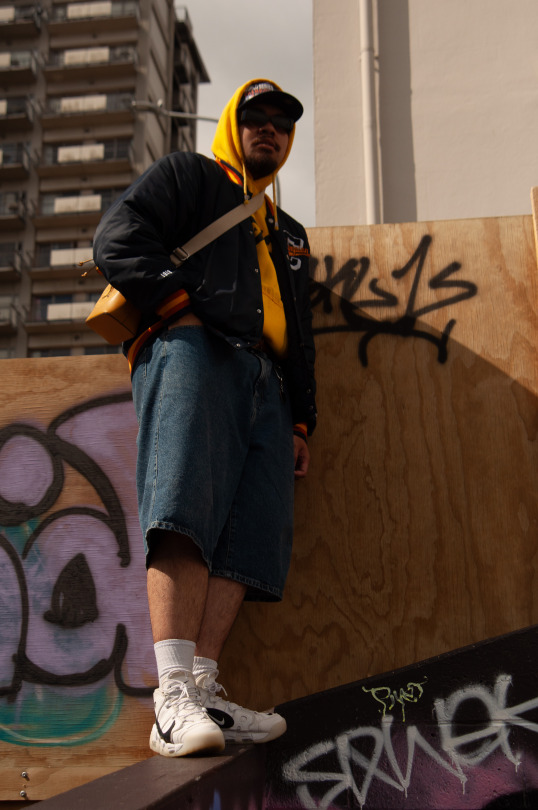
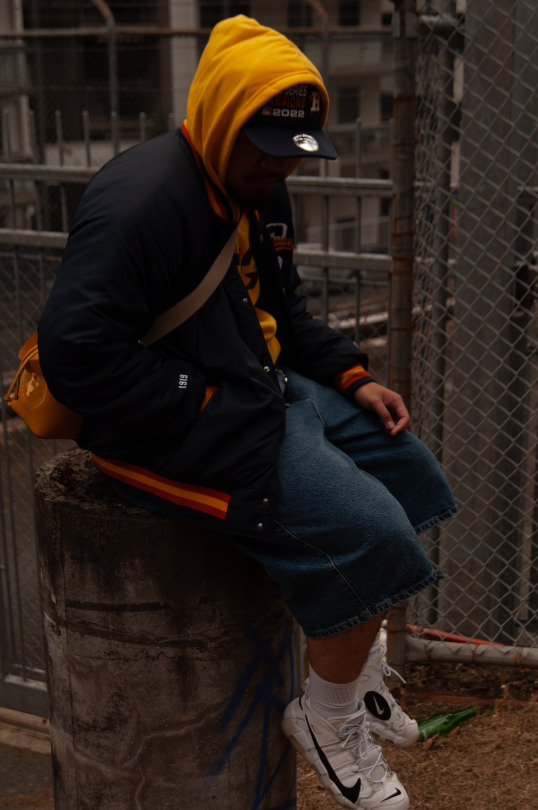
here are some of the photos that myself and my assistant Mason took around city while listening to the 2 songs above. Both songs gave off street vibes and emotions/moods of either boredom or wanting to do something, so these shots that we took pretty much represented our freedom and boredom around Auckland CBD.
For these shots we tested the ISO, shutter speed and aperture.
The shutter speed was mainly from 1600-2000 depending on the movement of my body or poses. For one of the photos I was aiming my hands directly into the camera, with the assistance of Mason he increased the shutter speed to freeze and capture that moment of motion.
For Aperture, we mainly tested out the depth of field/range of the shots that we took, for example- we wanted to capture the graffiti walls in the background so we increased the aperture to f/20, whereas if it was a wider shot with a bigger background we would make the aperture between f/5 and f/10. Since most of he shots we took were a mix of both, we mainly focused on close-up shots with a aperture of f/15 and wider shots as f/5 or 5/10.
ISO played a massive part during the time as it was mainly sunny. We stuck with low ISO for most of the shots ranging from ISO of 50-150. There were some times where we would have to bump it up to 2000-2500 either in alleyways or under shaded areas.
Overall week 1 was mainly used for experimenting with a DLSR (Nikon d90) and also experimenting with the use of light and how it can affect photoshoots.
0 notes
Text
SDL week 1: Short summary based on 'The disturbing story behind the iconic "Afghan girl" photo'.
Video short summary: This is the disturbing story behind the iconic "Afghan Girl" :
This video is narrated by a photographer named Tony, he talks about his POV perspective and intake on the worldwide famous photographer named Steve McCurry who took an award winning photo of a Afghanistan girl for the national geographic. based on the story that he told me, I briefly found out about the different aspects and importance's when it comes to taking photos of people. based on what Tony has said and mentioned in the video, It is really important to respect peoples privacy and space, and also respect their culture and beliefs. An example of this would be when McCurry took the award winning photo without getting the Afghan girl’s consent or respecting her culture and traditions such as asking her to take off her Burka and showing her face even though that is a very strict rule in their culture is not to show their face, but McCurry told her to do so anyways.
He also only took a photo of her only because of her visual appearance and her eyes. Tony later on says at the end of the video that “what McCurry did, did not represent journalism, it represented unpaid modelling”. I find this little quote to be very true as he only used her photo just because of the way she looked. He later on used that photo to show a twisted visual representation of the fear of war that was happening in that country, when really the visual photographic representation from that photo was the girl fearing Steve McCurry.
What I've learnt from this first video is that whenever you take a photo of someone whatever the conditions may be, always ask for consent and know your boundaries. Always respect cultural rules/beliefs and never use a unconsented photograph and twist the story to your liking just to input a main title for social media or international publish.
0 notes
















